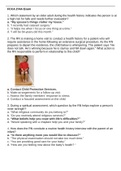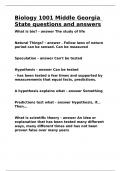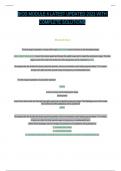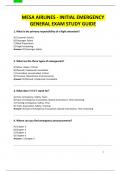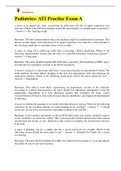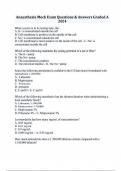Other
Unit 21: Medical Physics Applications, Assignment 1, key1+2.
- Institution
- PEARSON (PEARSON)
A distinction criteria assignment. The teachers feedback: Grade - Distinction. Well done for achieving a distinction. This work shows your high academic ability to produce an exceptional report. EBI Literacy targets - academic writing subheadings - spelling and grammar
[Show more]




